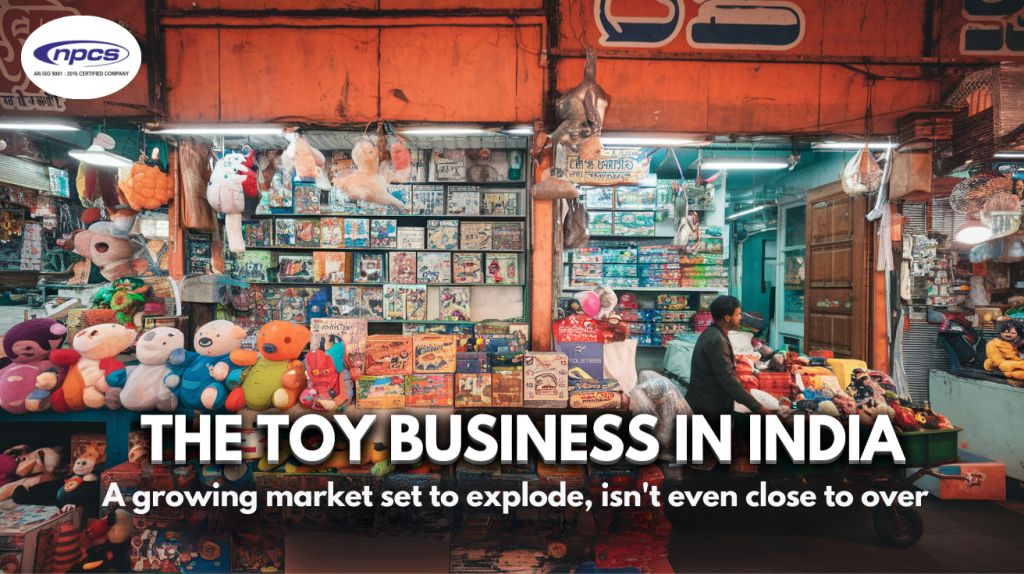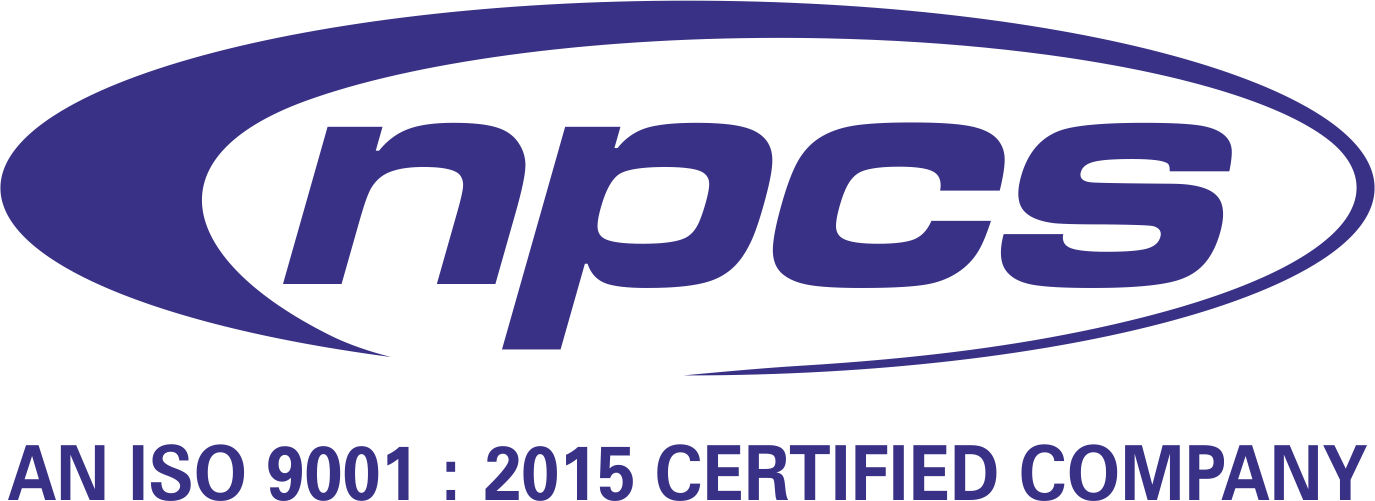Adhesives and Sealants, Industrial Adhesives, Glues, Gums and Binders, Synthetic Resin, Resins (Guar Gum, Adhesive [Fevicol Type], Sodium Silicate Adhesive, Hot Melt Adhesives, Rubber Based Adhesive, Acrylic Adhesives, Guar Gum Powder, Gum Arabic) Manufacturing Plant, Detailed Project Report, Profile, Business Plan, Industry Trends, Market Research, Survey, Manufacturing Process, Machinery, Raw Materials, Feasibility Study, Investment Opportunities, Cost and Revenue, Plant Economics, Production Schedule, Working Capital Requirement, Plant Layout, Process Flow Sheet, Cost of Project, Projected Balance Sheets, Profitability Ratios, Break Even Analysis

Adhesives and Sealants
Adhesive may be used interchangeably with glue, cement, mucilage, or paste, and is any substance applied to one surface, or both surfaces, of two separate items that binds them together and resists their separation. There are basically two types of adhesives: resin-based and gum-based. The main application areas of the product are furniture, construction, paints and stationery. In between the two types, there are various categories of adhesives sold in the market place. These include:
Natural adhesives: from inorganic mineral or biological sources such as vegetable matter, starch or dextrin, natural resins; animal skin, and bio-adhesives;
Synthetic adhesives: based on elastomers and thermosetting adhesives;
Drying adhesives: a mixture of ingredients (typically polymers) dissolved in a solvent with the solvent evaporating and the adhesive hardens;
Contact adhesives: applied to both surfaces and allowed some time to dry before the two surface are pushed together. Contact adhesives find use in laminates, such as bonding Formica to a wooden counter, and in footwear;
Hot adhesives: thermoplastic adhesives, also known as “hot melt” adhesives, applied hot and simply allowed to harden. These adhesives have become popular for crafts because of their ease of use and the wide range of common materials to which they can adhere;
Reactive adhesives: a reactive adhesive works either by chemical bonding with the surface material or by in-situ hardening as two reactant chemicals complete a polymerization reaction, usually applied in thin films;
Pressure sensitive adhesives: which form a bond by the application of light pressure to marry the adhesive with the adherant, designed with a balance between flow and resistance.
The market size of all types of adhesives is very large and growing. Of this, the premium products account for some 45%. Quantitatively, the overall market size is growing annually at 11%.
Over the last few years, the adhesive business has seen global players setting up new capacities in India. With customs duty nearing ASEAN levels, competition will further intensify from imports as well as the low cost local players.
Industrial adhesives are fluids or gels, which help in holding two surfaces together by sticking to both of them and preventing their joint movement. They include glues and adhesives.
The market for adhesives and sealants is comprised of thousands of end uses. The realm of market applications expands as new end uses keep developing, driven by the need for new and innovative attachment solutions. Adhesives and sealants market is expected to reach USD 18.79 billion by 2020. Positive demand outlook from key end use industries including automotive and construction, mainly in India, is expected to be a key driving force for the market over the next six years. The growth of the emerging markets has not only a positive impact on the volumes of adhesives and sealants consumed (especially in the construction and industrial sectors) but also on the level of technological demand.
Growing demand from packaging industry is expected to drive the market for waterborne adhesives. These are used in label applications, packaging tapes, office tapes, flexible laminations and food packaging as they offer improved chemical and heat resistance. Due to advantages waterborne adhesive it offers and non reactive nature they are proffered in food packaging applications. Further growing demand from automotive industry is expected to drive the market for waterborne adhesives. These are used in interior structures such as dashboards head linings and others. Automotive industry is driven by demand from middle class consumer groups from developing countries such as Brazil, India and China.
Gums and Resins
True gums are formed from the disintegration of internal plant tissues, mostly from the decomposition of cellulose in a process called gummosis. Gums contain high amounts of sugar and are closely allied to the pectins. Gums are especially common in plants of dry regions. They are used primarily as adhesives, and are also used in printing and finishing textiles, as a sizing for paper, in the paint and candy industries and as drugs.
Resins are formed as oxidation products of various essential oils and are very complex and varied in chemical composition. The resin is usually secreted in definite cavities or passages. Resins are also used in medicine; for sizing paper; as a stiffening material for mats; in the preparation of sealing wax, incense and perfumes; and for many other purposes as well.
Resins, gums and latex are almost ubiquitous in the plant kingdom and many of them continue to play an important role in our daily lives. Numerous plants produce some kind of resin, latex or gum, but only a few are commercially important today, even though their uses and applications are truly manifold. They have been used as adhesives, emulsifiers, thickening agents, they are added to varnishes, paints and ink; they lend their aromas to perfumes and cosmetics and even play a role in pharmacy and medicine.
See more
Contact us:
Niir Project Consultancy Services
106-E, Kamla Nagar, Near Spark Mall,
New Delhi-110007, India.
Email: npcs.ei@gmail.com , info@entrepreneurindia.co
Tel: +91-11-23843955, 23845654, 23845886, 8800733955
Mobile: +91-9811043595
Website :
http://www.entrepreneurindia.co
Tags
Manufacturing Process of Adhesives, Adhesives Manufacturing, Start an Adhesive Manufacturing Business, adhesive manufacturing process, Projects on Adhesives, Adhesives Manufacturing Plant, Adhesives for Manufacturing, Adhesive Manufacturing Industry, Manufacturing Process of Adhesive, Production of Adhesives, Process of Making Adhesive, Process for producing adhesives, Adhesives production, adhesive manufacture business plan, Adhesives & Sealants Industry, Sealants Manufacturing, Manufacture of Sealants, sealants production, Industrial Adhesive Manufacture, Industrial Adhesives, industrial adhesive manufacturing, Industrial Adhesive Manufacturing Process, production of industrial glues and adhesives, Industrial adhesives production, How to Start an Glue Manufacture Business, Start Glue Manufacturing Business, Glue Manufacturing, glue manufacturing process, Production of glues, Production Process of Glues, Gum Manufacturing Business Plan, Gum Manufacturing Plant, gum processing plant, how to make gum, gum manufacturing process, gum project report, gum plant, gum manufacturing project, Gums Production, Production of binders, Binder Production, How to Manufacture Synthetic Resins, Manufacturing of Synthetic Resins, Synthetic Resin Manufacture, Start-up Business Plan for synthetic resin production, Process of making synthetic resin, Production of a synthetic resin, Resin Manufacturing, Guar Gum Manufacturing Business Plan, Guar Gum Powder Manufacturing Plant, Business of Guar Gam Manufacturing, Start a Business of Guar Gum Manufacturing, Adhesive (fevicol Type) Manufacturing Plant, fevicol type adhesive, Project Report on Adhesive (Fevicol Type), fevicol making machine, fevicol manufacturing, how to make fevicol type adhesive, Sodium Silicate Adhesive Manufacturing Plant, Sodium Silicate Manufacturing Plant, sodium silicate manufacturing process, Sodium Silicate Making Plant, Hot Melt Adhesives Manufacturing Plant, Manufacturer of Hot Melt Adhesives, Hot Melt Adhesive Manufacture, Rubber Based Adhesive Manufacturing Plant, Rubber Based Adhesive Manufacturing Plant, Rubber Adhesive Manufacture Business Plan
Contact Form
[contact-form][contact-field label=’Name’ type=’name’ required=’1’/][contact-field label=’Email’ type=’email’ required=’1’/][contact-field label=’Country’ type=’text’ required=’1’/][contact-field label=’Mobile’ type=’text’/][contact-field label=’Website’ type=’url’/][contact-field label=’Comment’ type=’textarea’ required=’1’/][/contact-form]
‘/][/contact-form]





